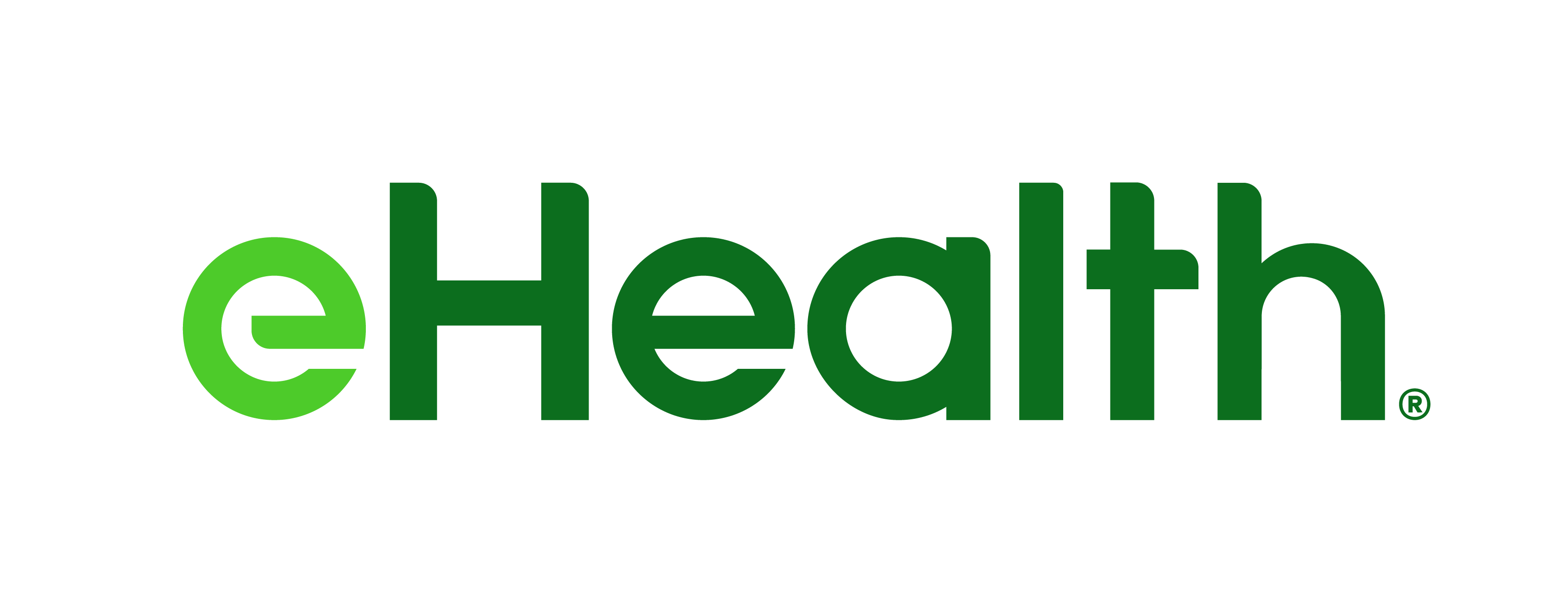eHealth Obamacare Countdown: Your Third Step to Get Ready for Health Reform This Year
Beginning in 2014, individuals and families who do not have major medical health insurance that meets minimum federal standards may be subject to a tax penalty, which has been dubbed "the mandate tax." The new open enrollment period will be the first opportunity consumers will have to research new health insurance plans, compare benefits and prices and enroll. But you cannot be an effective shopper if you don't understand what you're shopping for.
In Step One of this six step process, eHealth described when an individual or family that already had health insurance might be required to enroll in a new plan. In Step 2, eHealth explained the mandate tax and subsidies made available by the Affordable Care Act (ACA) and designed to help make insurance more affordable. Now, in Step Three, eHealth examines the benefit levels and overall structure of the new, reformed health insurance plans that will be made available for 2014, and explains the Bronze, Silver, Gold and Platinum level "actuarial values."
Step 3:
What's covered? Each new health insurance plan will cover at least 10 health benefits deemed to be essential under the Affordable Care Act. Before the ACA became law, eHealth built its own list of eight "essential" benefits and tracked the percentage of plans that covered them.
This table breaks down the new list, the old list, and how often the new benefits would be covered:
| ACA 10 Essential Health Benefits | % of Qualified Plans Covering EHBs | eHealth's "Comprehensive" Benefits in 2012 | % of Plans Sold by eHealth in 2012 Covering "Comprehensive" Benefits | |||
| Laboratory services; | Laboratory and X-Ray | 99.2% | ||||
| Emergency services; | Emergency Services | 99.7% | ||||
| Prescription drugs; | Prescription Drugs | 88.1% | ||||
| Mental health & substance use disorder services; | Chiropractic | 70.9% | ||||
| Maternity and newborn care; | 100% | Maternity; | 18.9% | |||
| Pediatric services, including oral and vision care; | Well Baby care | 87.1% | ||||
| Rehabilitative and habilitative services and devices; | OB/GYN | 90.5% | ||||
| Ambulatory patient services; | Periodic Exams | 88% | ||||
| Preventive and wellness services and chronic disease management; | ||||||
| Hospitalization; | ||||||
How much is covered? All new reformed plans will have a "metallic" benefit level designed to allow consumers to make more informed decisions when comparing plans.
The metallic benefit levels start at a minimum of 60% and go up to 90% of the plan's "actuarial value." The actuarial value is equal to the percentage of total average costs for covered benefits that a plan will pay.
A plan with a 60% actuarial value would pay for an average of 60% of all covered medical costs and the customer would be responsible for 40% of covered medical costs. Insurers may also offer catastrophic-only plans to eligible individuals, which would have higher cost-sharing than the standard metallic plans.
These are the metallic designations:
| Metallic Designation | Actuarial Value | |
| Catastrophic Plans | ≤ 60% | |
| Bronze | 60% | |
| Silver | 70% | |
| Gold | 80% | |
| Platinum | 90% | |
How will cost-sharing work? Out-of-pocket costs like coinsurance, co-pays and deductibles will also be limited under the law. For those whose incomes are below 400% of the Federal Poverty Level (FPL), the ACA limits their cost-sharing with subsidies that cap their out-of-pocket costs.
The ACA restricts the out-of-pocket limit on all plans to the amount allowed for health plans with Health Savings Accounts (HSAs):
| 2013* Federal Poverty Level Income | *Reduction in Out-of-Pocket Liability | |
| 100-200% FPL | Two-thirds of the HSA maximum | |
| • Individual Income: $11,490 to $22,980 | • Max Out of Pocket: $2,083 | |
| • Family of Four Income: $23,550 to $47,100 | • Max Out of Pocket: $4,167 | |
| 200-300% FPL | One-half of the HSA maximum | |
| • Individual Income: $22,981 to $34,470 | • Max Out of Pocket: $3,125 | |
| • Family of Four Income: $34,470 to $70,650 | • Max Out of Pocket: $6,250 | |
| 300-400% FPL | One-third of the HSA maximum | |
| • Individual Income: $34,470 to $45,960 | • Max Out of Pocket: $4,167 | |
| • Family of Four Income: $70,651 to $94,200 | • Max Out of Pocket: $8,334 | |
| *This table uses 2013 HSA limits and FPL income levels because 2014 data is not yet available. These rules do not go into effect until 2014, at which point these levels and limits will increase. | ||
These reductions in out-of-pocket liability will be achieved in new plans through a variety of cost-sharing methods, including co-pays, deductibles, and coinsurance. As such, two plans with the 60% bronze "actuarial value" may have the same out-of-pocket limit, but be structured differently.
The following is an example created by
| Tier | Actuarial Value | Deductible | Coinsurance | Out-of-Pocket Limit | ||||
| Bronze 1 | 60% | $4,375 | 20% | $6,350 | ||||
| Bronze 2 | 60% | $3,475 | 40% | $6,350 | ||||
| Silver 1 | 70% | $2,050 | 20% | $6,350 | ||||
| Silver 2 | 70% | $650 | 40% | $6,350 | ||||
Additional Consumer Resources:
- Follow eHealthInsurance's consumer blog, Get Smart - Get Covered
- Browse our answers to real-life health insurance questions on Yahoo Answers
- Follow eHealthInsurance on
Facebook and Twitter
About eHealth
For more health insurance news and information, visit the eHealthInsurance consumer blog: Get Smart - Get Covered.
For media inquiries, please contact:
(916) 207-7674
sande.drew@ehealth.com
Cogenta Communications
(805) 527-7733 - direct
kris@cogentacom.com
Source:
